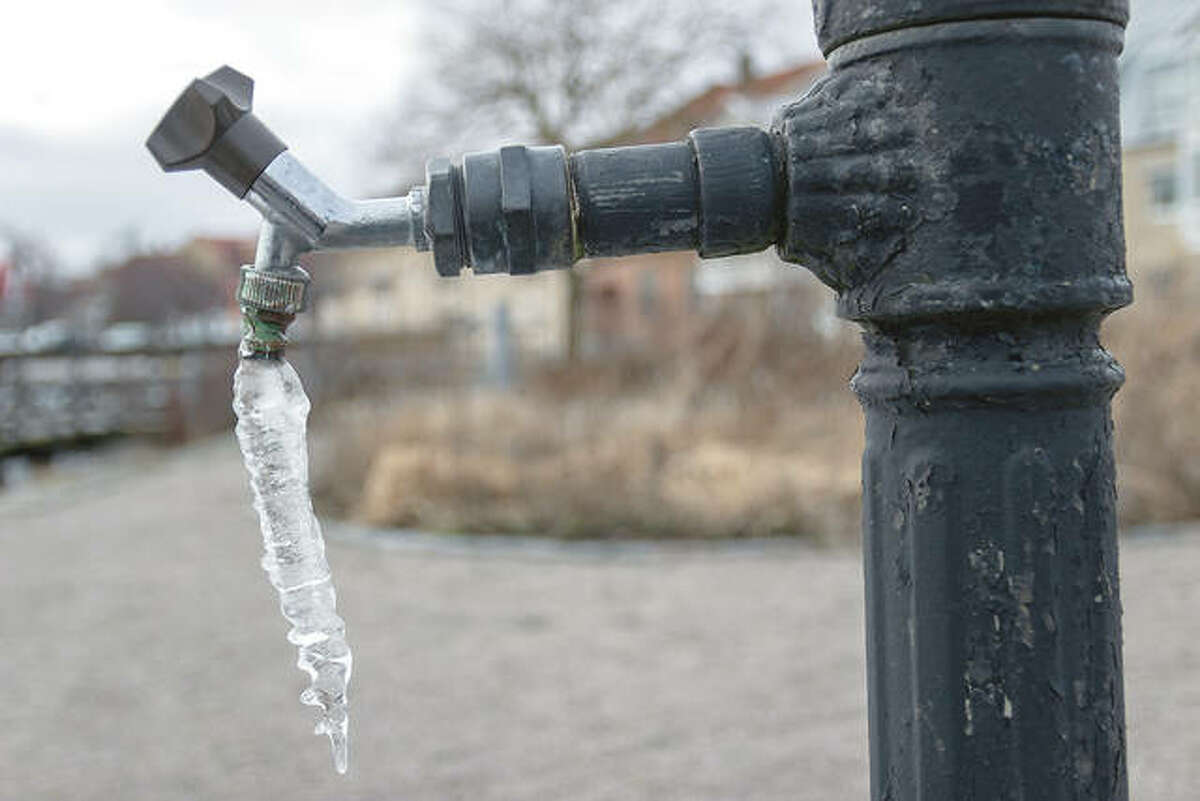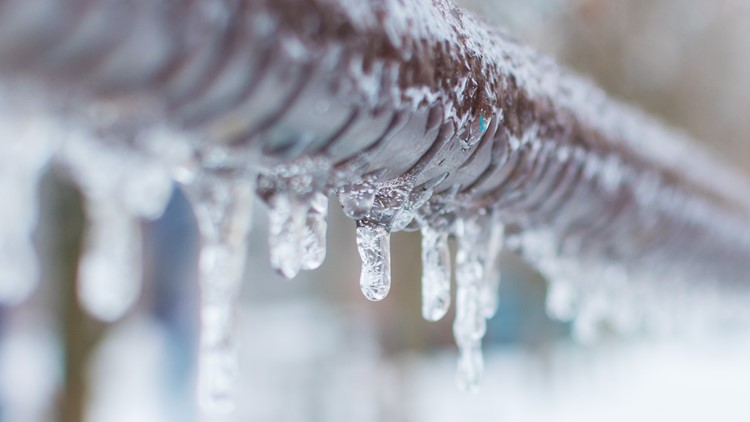How to Protect Pipes from Cold Weather Issues: Essential Advice
How to Protect Pipes from Cold Weather Issues: Essential Advice
Blog Article
This article underneath pertaining to Winter Plumbing Precautions: Preventing Frozen Pipes is quite stimulating. Try it and make your own personal ideas.

Winter can wreak havoc on your pipes, specifically by freezing pipes. Here's just how to prevent it from occurring and what to do if it does.
Intro
As temperature levels decline, the danger of frozen pipelines rises, possibly resulting in costly repair work and water damage. Comprehending exactly how to prevent frozen pipelines is important for homeowners in cold climates.
Understanding Icy Pipes
What triggers pipes to ice up?
Pipes ice up when subjected to temperature levels below 32 ° F (0 ° C) for prolonged durations. As water inside the pipelines freezes, it increases, taxing the pipeline walls and potentially triggering them to rupture.
Dangers and damages
Frozen pipelines can bring about water supply interruptions, residential or commercial property damage, and pricey repairs. Ruptured pipes can flooding homes and cause comprehensive structural damage.
Indications of Frozen Water Lines
Determining frozen pipes early can prevent them from bursting.
Exactly how to determine frozen pipelines
Seek lowered water circulation from faucets, uncommon smells or sounds from pipes, and noticeable frost on subjected pipes.
Prevention Tips
Insulating vulnerable pipes
Cover pipelines in insulation sleeves or make use of warmth tape to shield them from freezing temperature levels. Focus on pipes in unheated or exterior locations of the home.
Heating techniques
Maintain interior areas appropriately heated up, specifically areas with pipes. Open closet doors to allow cozy air to circulate around pipelines under sinks.
Safeguarding Outdoor Pipes
Yard hose pipes and exterior taps
Detach and drain pipes yard hose pipes before winter. Set up frost-proof spigots or cover outdoor taps with shielded caps.
What to Do If Your Pipes Freeze
Immediate actions to take
If you presume frozen pipelines, keep faucets open up to ease pressure as the ice melts. Use a hairdryer or towels taken in hot water to thaw pipes gradually.
Long-Term Solutions
Architectural modifications
Think about rerouting pipes far from exterior wall surfaces or unheated areas. Include extra insulation to attic rooms, basements, and crawl spaces.
Updating insulation
Purchase high-quality insulation for pipelines, attics, and walls. Appropriate insulation helps keep consistent temperature levels and reduces the danger of icy pipes.
Final thought
Preventing icy pipelines requires positive procedures and fast responses. By comprehending the reasons, indicators, and safety nets, property owners can shield their plumbing during cold weather.
6 Proven Ways to Prevent Frozen Pipes and Protect Your Home
Disconnect and Drain Garden Hoses
Before winter arrives, start by disconnecting your garden hoses and draining any remaining water. Close the shut-off valves that supply outdoor hose bibs and leave the outdoor faucet open to allow any residual water to drain. For extra protection, consider using faucet covers throughout the colder months. It’s also important to drain water from any sprinkler supply lines following the manufacturer’s directions.
Insulate Exposed Pipes
Insulating your pipes is an effective way to prevent freezing. Pipe insulation is readily available at home improvement stores and is relatively inexpensive. Pay close attention to pipes in unheated areas such as the attic, basement, crawl spaces, or garage. Apply foam insulation generously to create a buffer against the cold. You can also wrap your pipes in heat tape or thermostat-controlled heat cables for added warmth.
Seal Air Leaks
Inspect your home for any cracks or openings that could let in cold air. Seal any holes around the piping in interior or exterior walls, as well as the sill plates where your home rests on its foundation. Additionally, make sure to keep your garage door closed unless you’re entering or exiting. Leaving it open creates a significant air leak that can lead to frozen pipes.
Allow Warm Air Circulation
During cold snaps, it’s essential to allow warm air to circulate evenly throughout your home. Leave interior doors ajar to promote better airflow. Open kitchen and bathroom cabinets to help distribute heat consistently around the rooms. If you have small children or pets, be sure to remove any household chemicals or potentially harmful cleaners from open cabinets for safety.
Let Faucets Drip
A small trickle of water can make a big difference in preventing ice formation inside your pipes. When temperatures drop significantly, start a drip of water from all faucets served by exposed pipes. This continuous flow helps prevent the water from freezing. Additionally, running a few faucets slightly can relieve pressure inside the pipes, reducing the chances of a rupture if the water inside does freeze.
https://choateshvac.com/6-proven-ways-to-prevent-frozen-pipes-and-protect-your-home/

I discovered that entry about How to prepare your home plumbing for winter weather while doing a lookup on the search engines. Remember to take a moment to promote this write-up if you liked it. Thank-you for taking the time to read it.
Check It Out Report this page